Sony used May to unveil its Xperia 1 IV, a content creation-focused smartphone with some new camera tricks. Here's how its features compare against Apple's iPhone 13 Pro Max.
Sony's Xperia smartphone lineup is known for a few key features: the display and the camera system, leveraging the company's imaging know-how. With the launch of the Xperia 1 IV, Sony has kept to the same format for its flagship smartphone but also brings in new tricks to make it even more helpful for photographers and potential YouTubers.
As a fully-featured Android smartphone that caters to content creation, it naturally has to be compared with Apple's iPhone 13 Pro Max, its large-format smartphone that is also an attractive proposition to creators.
Here's how the two smartphone behemoths stack up when put toe-to-toe.
Specifications
| Specifications | iPhone 13 Pro Max | Sony Xperia 1 IV |
|---|---|---|
| Price (starting) | $1,099 | $1,599 |
| Dimensions (inches) | 6.33 x 3.07 x 0.30 | 6.5 x 2.8 x 0.32 |
| Weight (ounces) | 8.46 | 6.52 |
| Processor | A15 Bionic | Snapdragon 8 Gen 1 Mobile Platform |
| Storage | 128GB, 256GB, 512GB, 1TB | 256GB, 512GB, microSDXC expansion by 1TB |
| Display type | 6.7-inch Super Retina XDR, ProMotion | 6.5-inch HDR OLED, 120Hz |
| Resolution | 2,778 x 1,284 at 458ppi | 3,840 x 1,644 at 642ppi |
| True Tone | Yes | No |
| Biometrics | Face ID | Fingerprint |
| Connectivity | 5G (Sub-6GHz and mmWave), Gigabit-class LTE, Wi-Fi 6, Bluetooth 5.0, NFC | 5G, LTE, Wi-Fi 6E, Bluetooth 5.2, NFC |
| Rear Cameras | 12MP Ultra Wide 12MP Wide 12MP Telephoto | 12MP Ultra Wide 12MP Wide 12MP Telephoto with continuous optical zoom |
| Video | 4K 60fps, 4K 60fps HDR with Dolby Vision, 1080p 240fps Slo-Mo ProRes 4K 30fps, Cinematic Mode | 4K 120fps, Cinematography Pro, OIS and EIS Video |
| Front Camera | 12MP TrueDepth | 12MP HDR 5-axis stabilization |
| Battery | Up to 28 hours of video playback, Quick charge 50% in 30 minutes, MagSafe charging | 5,000mAh battery, Quick charge 50% in 30 minutes, Wireless charging |
| Colors | Graphite, Gold, Silver, Sierra Blue, Alpine Green | Black, White, Violet |
Sony Xperia 1 IV vs iPhone 13 Pro Max: Design and Dimensions
The iPhone 13 Pro Max is the largest Apple smartphone in the range, with its 6.7-inch screen packed into a frame measuring 6.33 inches by 3.07 and 0.3 inches thick.
Its construction is also unmistakably Apple-designed, with flat metal-edged sides, glass front, and glass back. Even the camera bump is distinctly Apple.
Sony's smartphone opts for a metal frame with a glass front and back, but with many differences from Apple's approach.
The rear is coated with a frosted glass panel, employing Corning Gorilla Glass Victus on the front and back. The camera bump on the back is a long, thin element distinctively separate from the main glass panel, one that is wildly different from Apple's square and part-of-the-glass version.
Around the front, instead of a notch or a hole punch camera, Sony attempts to get away with a thin blacked-off section of bezel at the top and bottom, occupying just enough space for the front-facing camera to fit in.
The sides are also designed to minimize the edge, rounding out the shape of the slab phone without making a specific curved side.
The buttons are wildly different from Apple's approach, with Sony incorporating four buttons: a volume rocker, a sunken on and standby button, and a dedicated shutter button.
Despite having a smaller 6.5-inch display, the 21:9 aspect ratio and chin make the Xperia a longer but thinner device at 6.5 inches by 2.8 inches. It's also marginally thicker at 0.32 inches, but barely.
Sony Xperia 1 IV vs iPhone 13 Pro Max: Display
Touched upon in the design section, the iPhone 13 Pro has a larger 6.7-inch display than the Xperia's 6.5-inch version.
Both models employ OLED, with Apple opting for a Super Retina XDR screen and Sony going for the more boringly-named "4K HDR OLED" panel.
Though smaller, Sony manages to go for a much higher resolution screen, though at 3,840 by 1,644, it's not quite a true 4K resolution. It's still a lot higher than the 2,778 by 1,284-resolution display of the iPhone.
The resolution and size differences result in a more significant pixel density for Sony. While Apple manages 458ppi, Sony's goes up to a very impressive 642ppi.
OLED can provide a fantastic bright picture with high contrast levels and HDR support, but we don't know how Sony's screen truly fares against the iPhone 13 Pro. This is due to a difference in data points given by each manufacturer.
Apple says its screen has a 2,000,000:1 contrast ratio and can manage 1,000 nits of typical maximum brightness, and 1,200 nits for HDR content. We don't know if the Xperia can match that brightness as Sony doesn't say, though it does assure that the screen is up to 50% brighter than its predecessor and manages a 1,000,000:1 contrast ratio.
The iPhone also offers Wide Color (P3) support, True Tone, and ProMotion, with the latter enabling adaptive refresh rates of up to 120Hz.
The Xperia 1 IV has a maximum refresh rate of 120Hz and 240Hz Motion Blur Reduction, 100% coverage of DCI-P3, and 10-bit tonal gradation. It also borrows the X1 HDR remastering technology used in Bravia TVs to improve contrast, color, and clarity.
A preset Creator Mode "powered by CineAlta" is also available, referencing the color reproduction of Sony professional color monitors, as used in Hollywood studio productions. It is intended that the mode enables you to watch content "exactly as the creators intended."
Sony Xperia 1 IV vs iPhone 13 Pro Max: Performance
The iPhone 13 Pro Max includes Apple's A15 Bionic, an SoC that it uses across its entire smartphone lineup. That SoC uses a CPU with two high-performance cores, four high-efficiency cores, and the 16-core Neural Engine.
The Pro range includes a five-core GPU rather than four in the non-Pro models, which helps boost its graphical performance a bit more.
Inside the Xperia 1 IV is a Qualcomm Snapdragon 8 Gen 1, an octa-core chip including one high-performance core, three mid-range cores, and four efficiency cores connected to an Adreno 730 GPU.
Sony also supports the chip with 12 gigabytes of memory, double the 6GB used by Apple in the iPhone 13 Pro.
While higher, this increased quantity won't be that beneficial to performance for a single task in most cases. High memory quantities are more useful for running multiple apps simultaneously, as if they're in the background, so benchmarks aren't going to be affected.
As Sony hasn't yet shipped the Xperia 1 IV, the next best comparison is to look up scores of a smartphone with the same chip on Geekbench. The highest-performing smartphone that fits this description is the Lenovo Legion 2 Pro, which manages a single-core score of 1,169 and multi-core of 3,459.
This result isn't close to Apple's chip, which achieves 1,702 for the single-core test and 4,672 for the multi-core version.
Sony Xperia 1 IV vs iPhone 13 Pro Max: Connectivity
Both connect to 5G, including mmWave where available, to take advantage of the high-speed connectivity featured in 5G marketing.
There's a difference in technology at play on local connectivity, with the iPhone using Wi-Fi 6 and the Xperia supporting Wi-Fi 6E. Though the latter is newer and better, it's a moot point unless you have the supporting network infrastructure to use them to full advantage.
For connecting to other devices, Apple uses Bluetooth 5 while Sony has Bluetooth 5.2. Again, this is only really useful if you have devices using the newer standard.
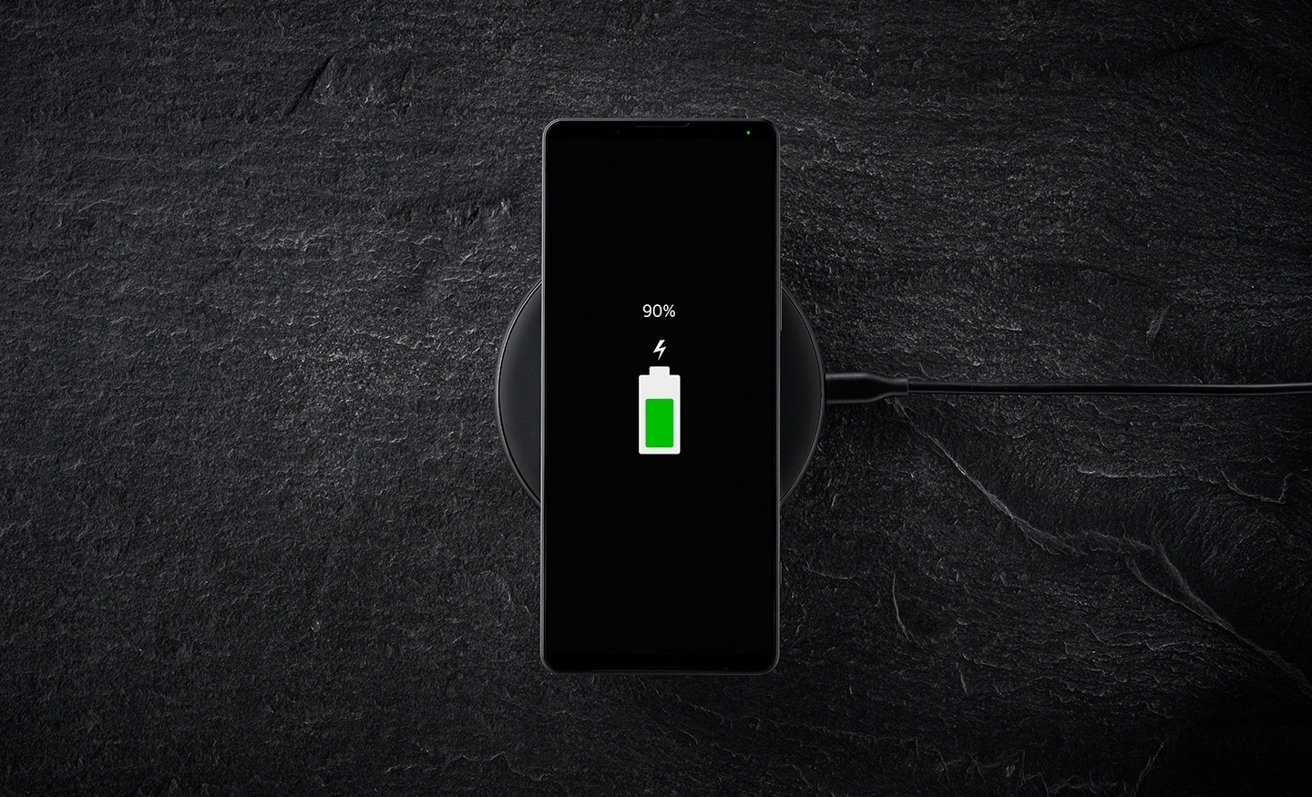 Both smartphones offer wireless charging, but the Battery Share feature turns the Xperia 1 IV into a wireless charging point.
Both smartphones offer wireless charging, but the Battery Share feature turns the Xperia 1 IV into a wireless charging point. For NFC, the Xperia provides many app-based uses, as Android devices open up the connection to many apps for various purposes. Apple continues to limit NFC's access to relatively few applications, chiefly Apple Pay-related elements.
Apple uses a Lightning port in the base on the physical connection side. Meanwhile, Sony goes for USB-C and a 3.5mm headphone jack, something the iPhone lacks without an adapter.
Sony Xperia 1 IV vs iPhone 13 Pro Max: Cameras
As premium smartphones, both Apple and Sony employ three cameras on the back of their respective smartphones. In each case, they use 12-megapixel cameras in Ultra Wide, Wide, and Telephoto configurations, but the finer details tell a different story.
Apple opts for an f/2.8 Telephoto, with the Wide at an f/1.5 aperture and the Ultra Wide having f/1.8 and a 120-degree field of view. For Sony, there's the 124-degree f/2.2 Ultra Wide, the 82-degree f/1.7 Wide, and then the telephoto does something different.
Unlike the others, the Xperia's telephoto has what is referred to as a "true optical zoom," so the lens can move from one extreme of f/2.3 and a 28-degree field of view, to f/2.8 and a 20-degree field.
To end users, this gives Sony a wider range of fields of view for its optical zoom than the iPhone is capable of, without needing to crop the image at all.
Sony also goes for Zeiss lenses, complete with a Zeiss T* coating said to improve rendering and contrast by reducing reflections.
On photography features, Apple offers various computational photography enhancements, including Portrait mode with Depth Control, Portrait Lighting, Night Mode, Deep Fusion, Photographic Styles, and Smart HDR 4 among others. The famous Macro mode also makes the iPhone 13 Pro an indispensable device for food photography.
All offer optical image stabilization for the lenses, with Apple using its Sensor Shift system for the Wide camera.
Sony leans on its Alpha camera knowledge for its imaging system, providing many benefits that photographers may be familiar with. For example, it offers real-time eye autofocus on all lenses, AI-driven subject detection, a 20fps HDR burst, 60fps AF/AE calculations, and an AI-powered super-resolution zoom.
The real-time tracking is assisted both by the AI and the inclusion of a 3D iToF sensor to measure distance, which greatly helps with focusing. This is somewhat analogous to Apple's use of a LiDAR sensor, though the latter is better suited for augmented reality applications.
There's also an RGB-IR sensor, which can keep the white balance of photographs and video in check.
These benefits also extend over to the video side, which includes Eye AF and Object Tracking for video and "Optical SteadyShot with FlawlessEye." This is Sony's description of a system that uses the high read speed of the image sensors with Sony's algorithm for improved optical image stabilization.
The Xperia can capture HDR video at a 4K resolution but can do so at 120fps. The iPhone can do 4K HDR, but up to 60fps, with higher speeds of up to 240fps at 1080p for the slo-mo mode.
For advanced video producers, Apple includes a Cinematic mode for shallow depth of field recording at 1080p 30fps and offers ProRes video support at 4K for professional outfits.
Sony opts for Videography Pro, an interface that offers many manual controls for users who need a specific type of shot. There are also eight different "Look" color settings to add cinematic styles to videos, including some inspired by Sony's professional cameras.
Then there are things like the previously mentioned dedicated shutter button, as well as the ability to use the Xperia 1 IV as an external display and remote control for Sony Alpha cameras.
Around the front of each smartphone is a 12-megapixel camera, though Apple uses a TrueDepth array instead of a standard shooter. TrueDepth also powers Face ID, with it capable of many of the same features as the rear cameras.
The Xperia's camera uses an updated image sensor larger than its predecessor to enable better low-light images. That camera can also handle HDR video, Portrait selfies, and hand gestures, and has five-axis image stabilization.
Sony Xperia 1 IV vs iPhone 13 Pro Max: Battery and Charging
As is usually the case between device producers, there's no single way for a manufacturer to express the battery performance of their products. There's no change here between Sony and Apple.
Apple says the iPhone 13 Pro Max can last for 28 hours of continuous video playback, 25 hours if it is streamed, or up to 95 hours of audio playback.
Sony doesn't say how long its battery can last, except it will "keep you going through the day" and has a 5,000mAh capacity. Even knowing that the iPhone has a smaller 4,352mAh battery, there's no guarantee that you'd find the Sony lasting longer.
It's safe to say that both will have more than enough power on tap for typical usage.
To recharge the devices, both claim to offer fast charging capabilities, reaching 50% charge after half an hour. Both also have wireless charging, though while Apple offers MagSafe, Sony's Qi-compatible device can also act as a wireless charging pad for other devices using its battery share function.
Sony also includes a Heat Suppression system for gamers who keep their smartphones plugged in while playing. The system powers phone systems directly instead of charging the battery in such cases, cutting down on thermal stress from heating the battery, a byproduct of the recharging process.
Sony Xperia 1 IV vs iPhone 13 Pro Max: Other Features
Both offer biometric security, with the Xperia using a fingerprint reader while the iPhone uses Face ID.
Apple says the iPhone 13 Pro is splash, water, and dust resistant to IP68, with it able to survive a maximum depth of 6 meters for up to 30 minutes. Sony classifies the Xperia as water-resistant to IPX5/IPX8 and dustproof to IP6X.
Each offers dual SIM support, combining a physical SIM with an eSIM.
Sony sells the Xperia 1 IV in three colors: Black, White, and Violet. The iPhone 13 Pro Max is offered in five: Graphite, Gold, Silver, Sierra Blue, and Alpine Green.
Sony Xperia 1 IV vs iPhone 13 Pro Max: Storage and Pricing
Apple offers the iPhone 13 Pro Max in four different capacities. Starting from $1,099 for the 128GB model, the 256GB version is $1,199, 512GB is available for $1,399, and 1TB of storage is possible for $1,599.
Sony is listing the Xperia 1 IV with two capacity variants, depending on the market. The lowest is 256GB, while the highest is 512GB which is the variant that will go on sale in the United States for $1,599.
However, while users cannot select different storage options, they can still add more to their device. Sony preserves the option to add a microSDXC card to the Xperia 1 IV, allowing up to 1TB of extra capacity to be added.
An imaging monster for Android
Relying heavily on its heritage with televisions and cameras, it is no surprise that Sony has created a great smartphone. It has previous form with its Xperia lineup, and the Xperia 1 IV is an excellent continuation of that lineage.
With a greater focus on photography and videography, as well as leaning a bit on its cinematic credentials, Sony's latest model is an excellent option for any Android user who wants to stick on that platform but wants to level up their film-making game.
We all know that the iPhone is also a photographic beast, and with ProRes support and cinematic smarts, it has the potential to be used in a professional capacity as well.
Has Sony beaten the iPhone with its release? It's doubtful, especially given the performance difference from the chips alone. Add in the broader variety of capacity options and the healthy ecosystem surrounding the product line, and it's difficult not to say the iPhone 13 Pro Max is the better device.
This is all before you consider that Sony's not planning on releasing the Xperia 1 IV in the United States until September 1, with it arriving earlier in other markets. Fence-sitters may want to wait for a few short weeks, as Apple usually holds its annual iPhone event in September.
Just waiting those few extra weeks could result in potential Xperia 1 IV buyers seeing something even better emerge from Apple.
Where to buy
The Sony Xperia 1 IV is available to preorder at B&H, Adorama and Amazon, with each retailer offering free XM4 earbuds with the purchase of the phone for a limited time. The phone itself retails for $1,599.
The best iPhone 13 Pro Max deals offer trade-in incentives and cash savings from wireless providers, including AT&T and Verizon.
 Malcolm Owen
Malcolm Owen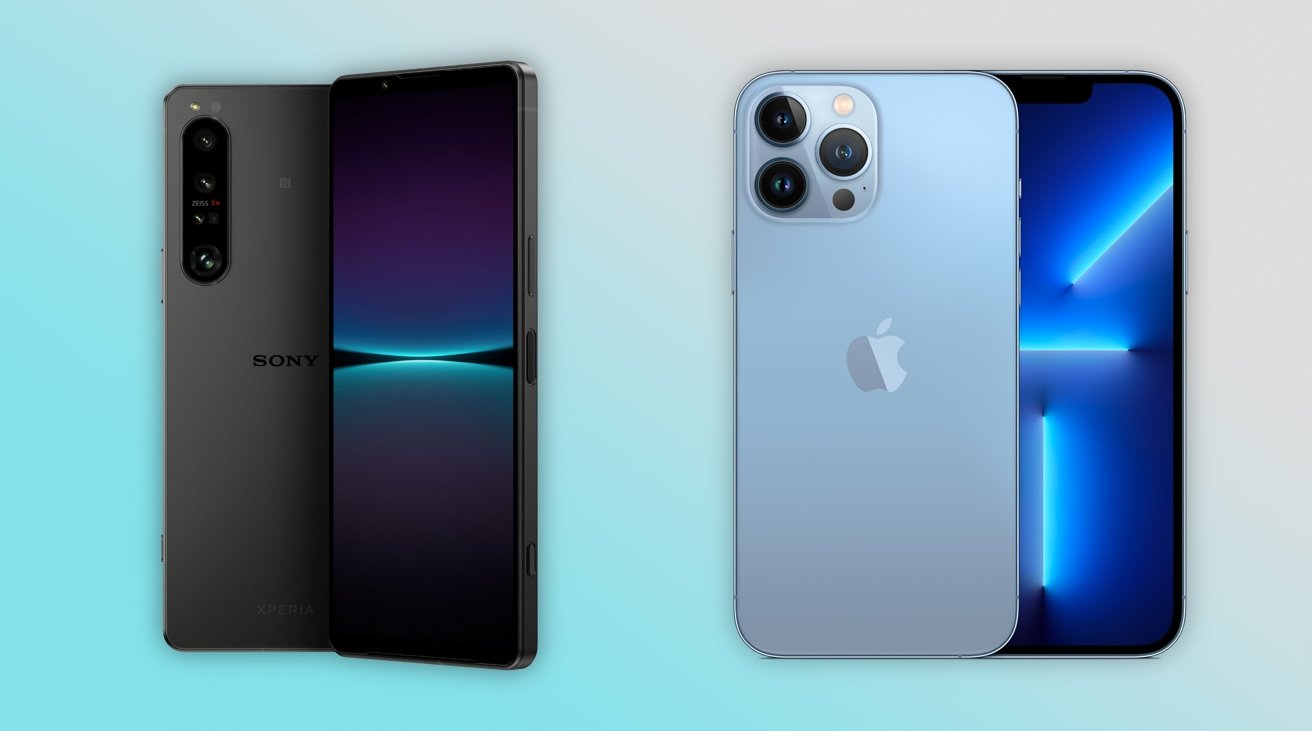
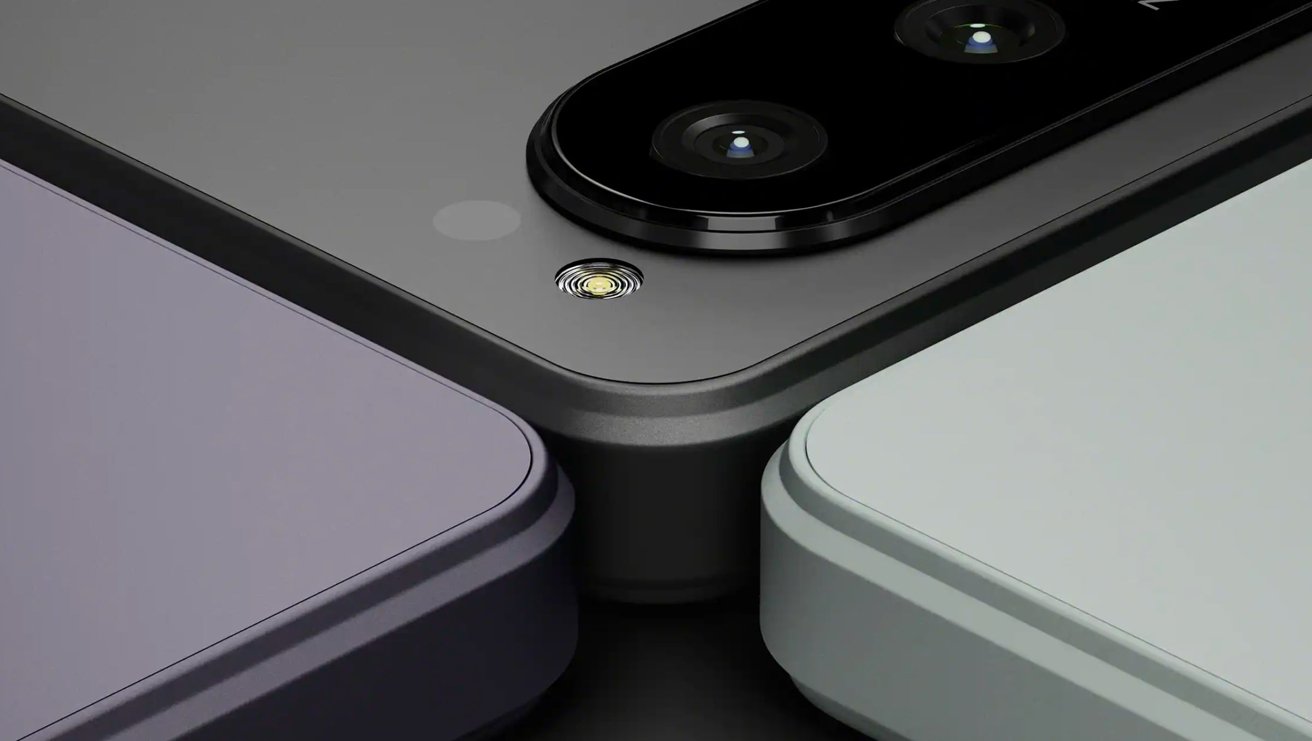
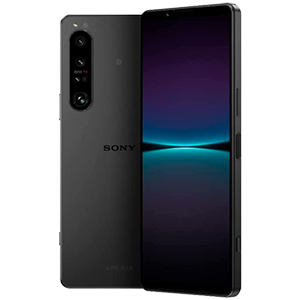
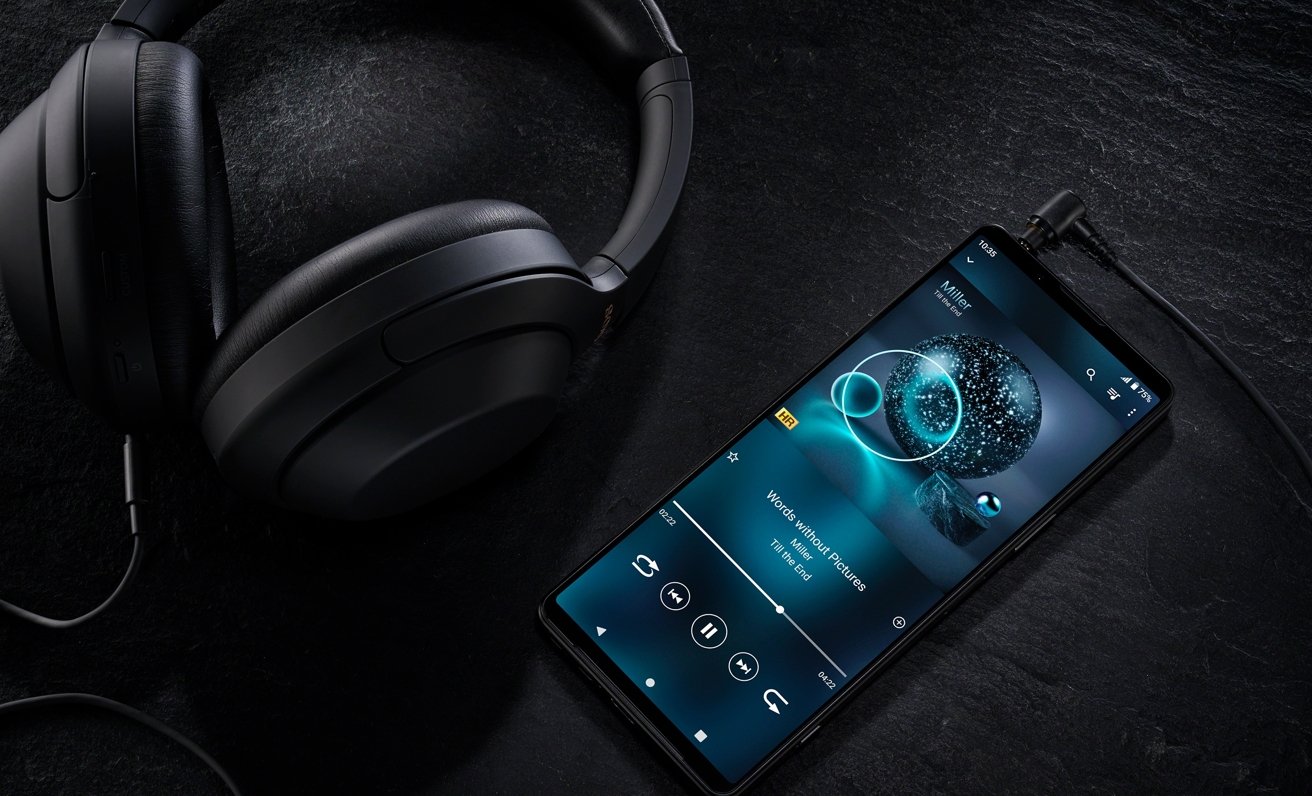
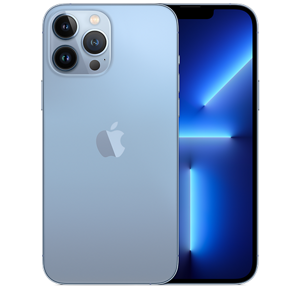
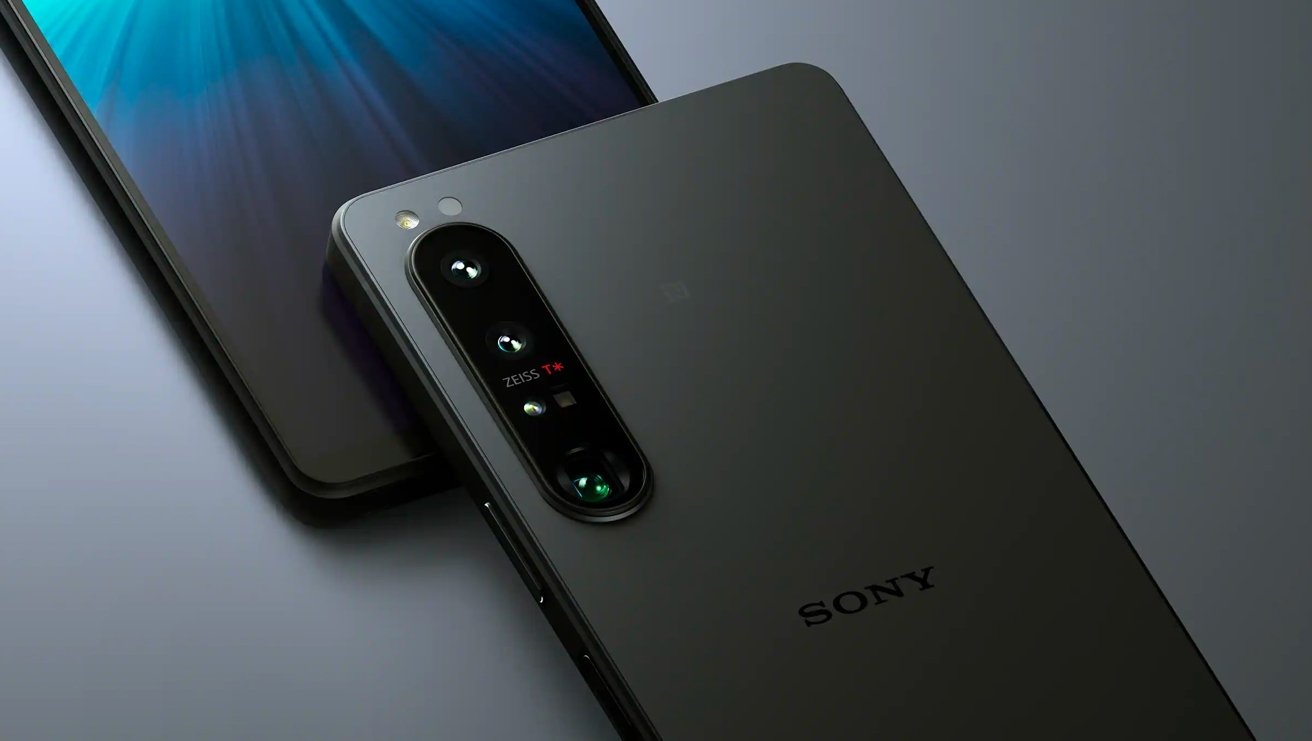
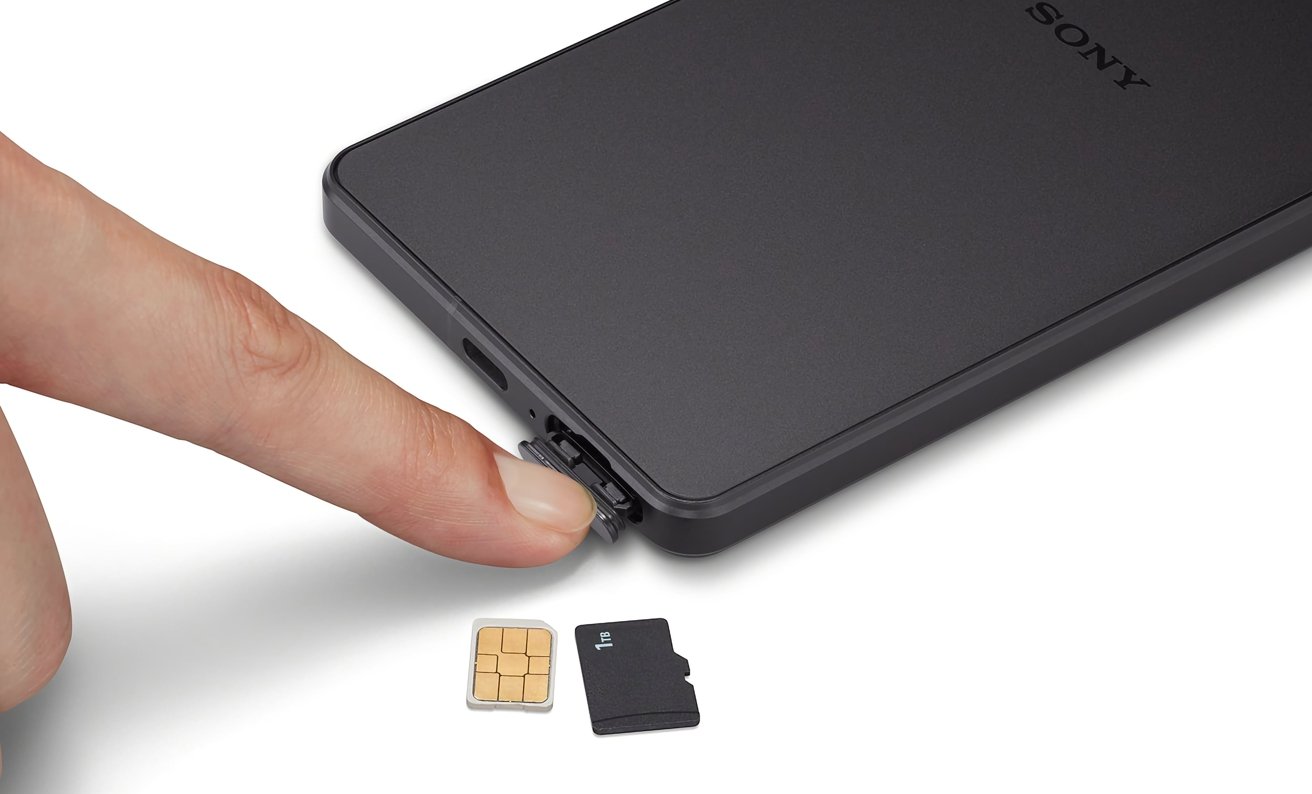


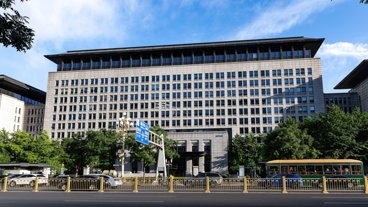




-m.jpg)






 Marko Zivkovic
Marko Zivkovic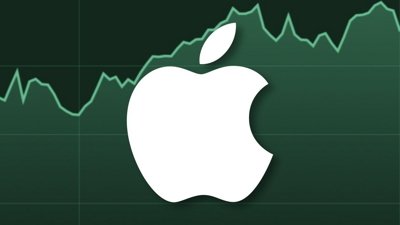
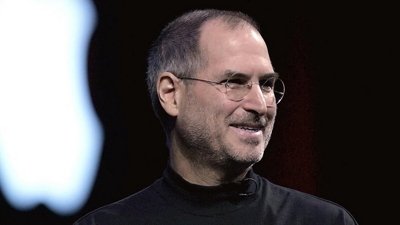
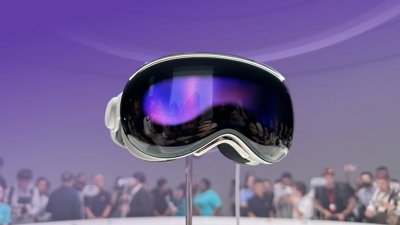

 William Gallagher
William Gallagher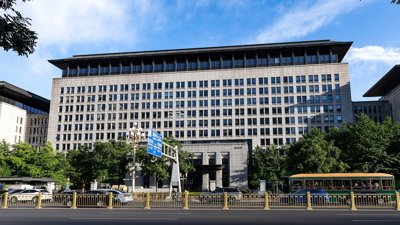
 Amber Neely
Amber Neely
 Sponsored Content
Sponsored Content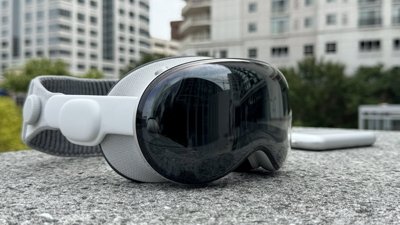
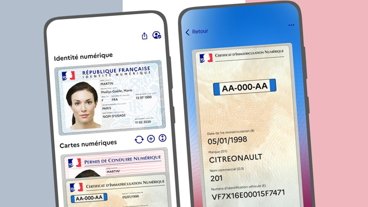
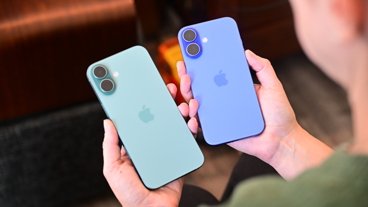
-m.jpg)






6 Comments
I honestly thought Sony had stopped making phones.
If this is the best they can do, they probably should. I’m amazed Samsung still manages to sell theirs, although I suspect the bulk of their sales are the low end models.
continuous optical zoom is impressive, though. The rest of the phone, not so much.
And that’s before you consider the price and the fact that historically Sony’s support for OS upgrades has been extremely weak (to be fair this is a problem with all Android phone vendors, except Google itself)
What’s mindblowing is that people still buy Android phones…
If vendors want to beat Apple they may have to innovate, like putting a phone into your glasses frame & lens and calling it the eyePhone.
Question: How much is the software that is shipped with a newly purchased iPhone?
In other words, when you buy a new iPhone; you get hardware, software (iOS and apps), and services (iCloud and after sales). Apple and the vendor have their margins, and all that is included in the the ticket price. How much does the buyer pay for the software alone?